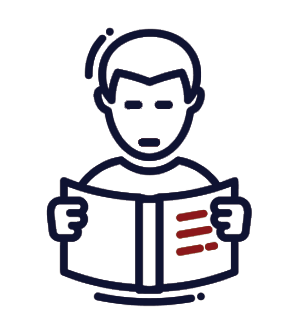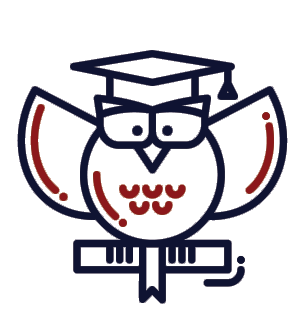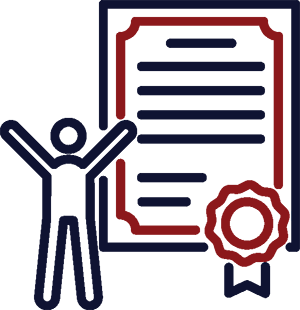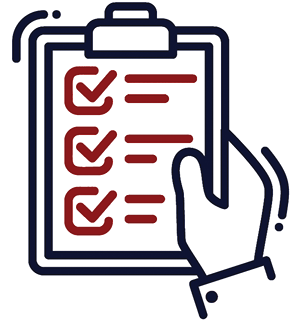Are you holding your breath daily, hoping you’re the lucky one whose website doesn’t receive a federal complaint because of inaccessibility? We will be the first to tell you that’s not a good plan. Accessibility is more than just luck or a one-click fix. Accessibility includes research, knowledge, skill, and testing. If these are skills you or your team do not currently have, it’s only a matter of time before your luck runs out.
The number of federal website accessibility lawsuits nearly tripled in 2018 compared to 2017! Over 2250 website accessibility lawsuits were filed in federal court under Title III of the ADA in 2018. Also in 2018, we saw the Department of Justice (DOJ) update its processing manual which slowed things down for a bit. Numerous website accessibility cases were luckily dismissed, only to have luck run out and be reopened later when the DOJ rescinded the edits to the manual.
What do we learn from this roller coaster of accessibility lawsuits? If you’re counting on luck to keep you flying under the radar of federal law, you must also be ready to go through discovery, summary judgment, and possibly trial. We believe it’s best to avoid accessibility lawsuits altogether and get accessible now.
As mentioned previously, research, knowledge, skill, and testing are all necessary elements for providing accessibility. Let’s briefly discuss each one.
Research

Now that you see where to find the information, begin looking a little deeper into accessibility standards and techniques. First, learn why accessibility is important. This will help you develop empathy and create a desire to learn more. Then, learn accessibility standards, and take time to understand each standard’s purpose. In my experience, “because I said so” isn’t great motivation for implementing or understanding how to apply the standards. But learning the whys of accessibility from the beginning will provide greater success for learning, applying, and maintaining accessibility standards. Finally, learn how to apply accessibility to digital content including websites, apps, and electronic documents.
Knowledge

Once you have a good understanding of why accessibility is vital, what standards we must comply with, and how to apply those standards, it’s time to put your knowledge to use. Benjamin Franklin said, “An investment in knowledge pays the best interest.” To earn the interest from this new found knowledge, remember that knowing about accessibility has no value until you apply it.
The best time to implement accessibility is during the website development process. We find it’s much easier to apply accessibility while writing digital content than having to remediate it later. The more you create accessible content, the more your knowledge of standards and techniques will increase, and the easier it will become. It’s also important to remember that just as the World Wide Web continuously evolves, so do accessibility techniques. Continue to increase your accessibility knowledge by staying up-to-date with new standards.
Skill

Research equals knowledge, and knowledge puts you on the path to gaining skill. Again, apply your knowledge, and apply it continuously. Skill takes repetition and time. A skilled accessibility developer is not a part-time job. A little time and luck are not equal to the sustainability of skill. Additionally, to continuously maintain accessible digital content, it takes a team of skilled developers. For example, to provide our clients with complete digital accessibility, we ensure all our teams continuously learn how to apply accessibility, including our
- project coordinators;
- copywriters;
- programmers;
- graphic and user interface (UI) designers;
- content and graphic updaters;
- document remediators;
- essentially, everyone!
Testing

You’ve done the research, increased your knowledge, and developed skill. How do you know if you did it right and your content is accessible? The only true way to evaluate accessibility is to test for it. Testing requires both automated and manual techniques. Additionally, we recommend using a team of disabled users to get true results during your manual testing process.
Once testing is complete, test again. As mentioned previously, accessibility is a continuous effort. Test your content each time it’s updated. This is another reason why it’s important to ensure all your teams are trained in accessibility. Spread the wealth of knowledge, and watch the interest you earn from your accessibility success grow.
Contact us before your luck runs out!
If all this sounds a bit overwhelming, you’re not alone. Unless you are actually in the business of web development, we’ve learned that no matter how much we attempt to simplify digital accessibility, it’s always better to leave it to the experts. That’s where we come in. Our expert teams will develop your new website and ensure your content is accessible day in and day out. Imagine the relief your IT department will have when you tell them you have someone to handle all things accessible so they can focus on the network skills they were hired to perform in the first place.
Has your luck already run out? Do you find yourself in the midst of an accessibility lawsuit? Of course, we can help you with this too! We can provide you with an accessibility audit and the tools you need to remediate your digital content so you comply with current ADA laws, increase SEO, and create peace of mind knowing you are doing the right thing.


